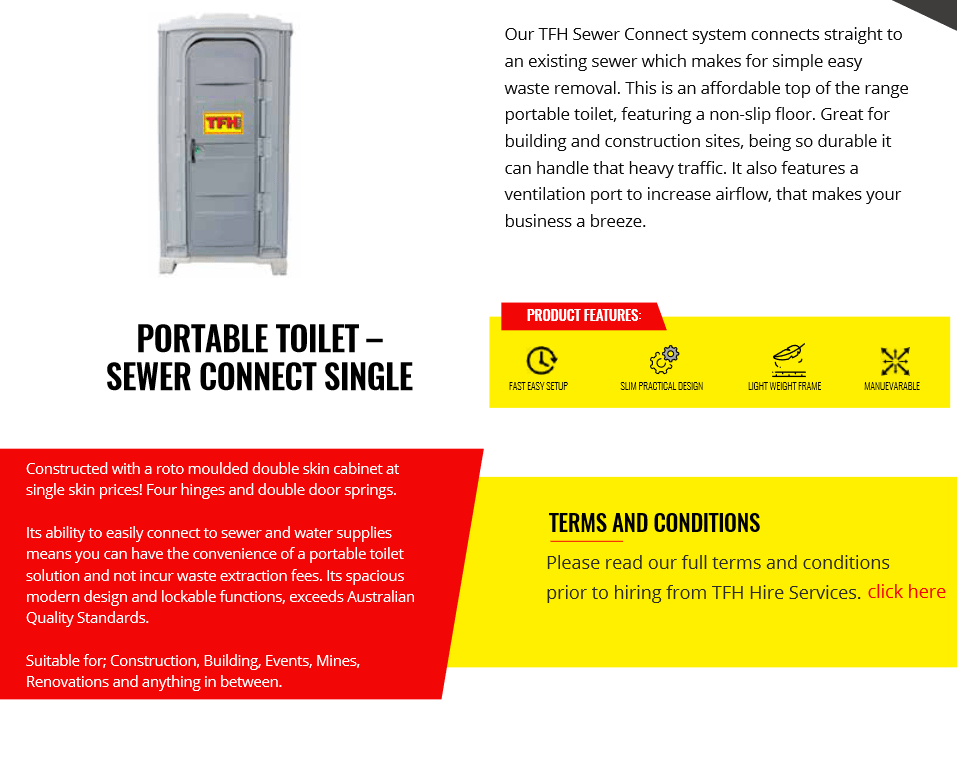Excitement About Reclaim Waste
Excitement About Reclaim Waste
Blog Article
The smart Trick of Reclaim Waste That Nobody is Discussing
Table of ContentsReclaim Waste Can Be Fun For Everyone5 Simple Techniques For Reclaim WasteNot known Incorrect Statements About Reclaim Waste The Definitive Guide to Reclaim WasteOur Reclaim Waste Ideas
Domestic sewer waste refers to the waste and items from a residential septic tank. The proper administration and disposal of domestic sewage waste call for liquid waste to be moved to a sewage therapy plant where the appropriate techniques and devices are used to cleanse and dispose of waste.
Commercial waste typically consists of possible risks, such as combustible products or a combination of liquid and solid waste products, and requires an advanced and comprehensive disposal process. The disposal of commercial waste generally involves the filtering of waste before transportation to guarantee secure and proper disposal. Hazardous waste is created from by-products and overflow of commercial processes and manufacturing.
This sort of waste can not make use of the same sewage administration transport or procedures as septic or industrial fluids. The industrial waste management procedure needs the inspection and testing of fluid waste before it goes through the disposal process (liquid waste removal). Runoff waste is the fluid waste that comes from runoff and excess stormwater in extremely booming locations or cities
Drainage waste can create contamination and flooding if not dealt with appropriately. Guaranteeing proper waste monitoring can avoid disasters and decrease environmental harm.
Reclaim Waste Fundamentals Explained
Get in touch with PROS Services today to find out regarding our waste management and disposal solutions and the appropriate means to care for the fluid waste you generate.
(https://linktr.ee/leonaube33101)Do you know what takes place to your water when you disengage, purge the bathroom or drain the cleaning machine? No? Well, it deserves recognizing. This supposed 'wastewater' is not only a vital source yet, after therapy, will be released to our land, waterways or the ocean. Used water from toilets, showers, bathrooms, kitchen sinks, laundries and industrial processes is called wastewater.

water used to cool machinery or clean plant and devices). Stormwater, a type of wastewater, is runoff that flows from agricultural and metropolitan areas such as roof coverings, parks, gardens, roads, paths and seamless gutters into stormwater drains, after rain. Stormwater moves unattended directly to local creeks or rivers, eventually reaching the ocean.
A Biased View of Reclaim Waste
In Queensland, many wastewater is dealt with at sewage therapy plants. Wastewater is transferred from domestic or industrial websites via a system of Your Domain Name drains and pump stations, called sewage reticulation, to a sewage treatment plant. City governments construct, keep and operate most sewage therapy plants. Operators are certified under the Environmental Defense Act 1994 to release treated wastewater at an acceptable ecological requirement right into rivers.
The Department of Natural Resources advises local governments about managing, operating and keeping sewerage systems and therapy plants. In unsewered areas, regional federal governments may call for owners to install specific or household sewage treatment systems to deal with domestic wastewater from bathrooms, kitchens, washrooms and laundries. The Department of Natural Resources authorizes using house systems when they are confirmed to be efficient.
In some brand-new class, treatment of some stormwater to remove trash, sand and gravel has actually started making use of gross contaminant traps. Wastewater treatment occurs in 4 stages: Gets rid of strong matter.
Wastewater then streams into big tanks where solids work out and are removed as sludge. Grease and scum are skimmed from the surface area. Utilizes little living organisms referred to as micro-organisms to damage down and remove staying dissolved wastes and fine bits. Micro-organisms and wastes are integrated in the sludge. Removes nitrogen and phosphorus nutrients that can create algal blooms in our rivers and threaten marine life.
The Greatest Guide To Reclaim Waste
Nutrient elimination is not offered at all sewage therapy plants because it calls for expensive specialist devices. It is coming to be much more usual in Queensland. Clear fluid effluent produced after treatment may still include disease-causing micro-organisms. If this effluent is released into rivers such as rivers or the sea, the micro-organisms will at some point die out.

This usually suggests wastewater has to be treated or impurities removed before it can be released to rivers. Most wastewater streams into the sewerage system. Under the Act, local federal governments provide approvals and permits for ecologically appropriate activities (Periods) entailing wastewater launches that might have a neighborhood effect. The division carries out authorizations and permits to Ages including wastewater releases that could have a regional or statewide impact.
What Does Reclaim Waste Do?
Tracking gives factual details regarding water quality and can confirm that licence conditions are being satisfied. The info acquired via monitoring supplies the basis for making water high quality decisions.
Report this page